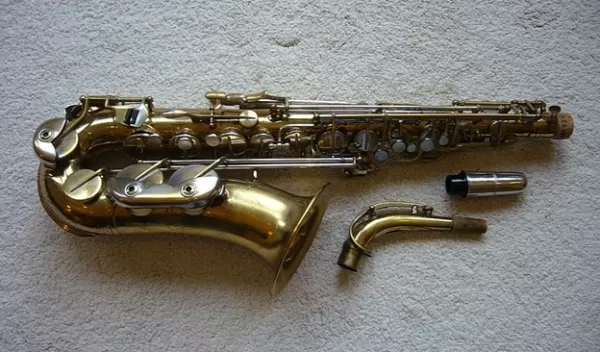
Physicists research how aerosol particulates from wind instruments move through the air
Researchers at the University of Pennsylvania supported by two grants from the U.S. National Science Foundation have studied the aerosols of musicians playing wind instruments. The findings will inform safety guidelines for not only musical performances but public gatherings in general.
The scientists' intent was to answer the question of how many aerosol particulates were generated from the instruments and how quickly the particulates moved through the air.
"You can have a big jet of air coming out, but if the aerosol concentration is very low it doesn't much matter," said Douglas Jerolmack, one of the authors of the paper. "Or you can have a lot of aerosols that get concentrated in a narrow beam. Those things are important to understand."
The researchers observed a wind instrument orchestra, tracked the aerosols emitted from the performers’ instruments and used a laser beam to map the trajectory of the particulates.
"It's just like on a rainy day, you will see the water droplets if the sun shines through," said co-author Paulo Arratia.
The particulate emissions were close in size to aerosols expelled during daily activities like breathing and speaking. Particulates of those sizes can travel far when the airflow is strong enough, according to the scientists.
"When you observe the flow, you see these puffs and eddies and we know that they spread, but we didn't know if there was going to be anything general among these instruments," said Jerolmack. "Here, we found that by measuring only flow and aerosol concentration and counts, we can make predictions about how far aerosols will travel."
According to the researchers’ observations, the airborne aerosol particulates from most wind instruments dissipate within 6 feet of the source, similar to emissions from talking. The findings from the research will act as a model for understanding how respiratory pathogens are transmitted by airborne aerosols.
"Now we have something to work with for potential concerns, an outbreak of influenza or something like that," said Arratia. "We can use the findings about flow, plug in numbers about infectiousness and viral loads, and adapt it to understand risk.”


